Ever found yourself in a room full of gauze and thought, “How the heck is this stuff made?” Oh, is that just me? Well, you should be curious too! Especially if you’re a procurement officer or distributor dealing in medical disposables. Knowing what goes into making gauze can give you a competitive edge.
Today, I’ll unravel the tightly woven mystery of how medical gauze goes from raw material to the final product. So, let’s cut to the chase and unwind this roll, shall we?
Stick with me, and by the end, you’ll be a walking, talking gauze guru—impressive, I know.
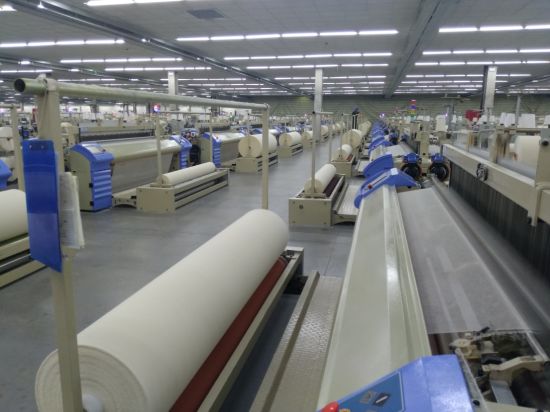
What’s The Raw Material For Medical Gauze?
First things first, the primary material for medical gauze is usually 100% cotton. It’s a must for absorbency and comfort. You’ll want to ensure it’s sourced responsibly for a more eco-friendly product. [ Link]
Is All Cotton Created Equal?
Ah, not quite. The quality of cotton can vary significantly, affecting the absorbency and comfort level of the final gauze. Even the region where the cotton is grown can play a part in its quality.
We use very high quality xinjiang cotton, How good is Xinjiang cotton?just look at how hard the US and Western media are bashing it. Just like how they treat China’s Huawei.https://zhuanlan.zhihu.com/p/361497526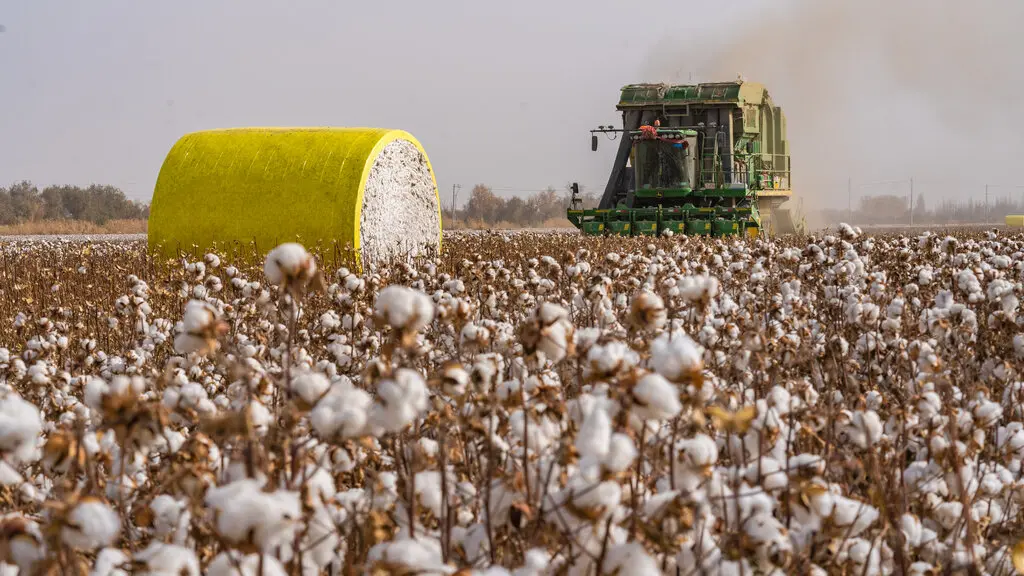
What’s the First Step in Production?
After sourcing the cotton, it’s cleaned to remove any impurities. This process is pivotal for ensuring the gauze is clean and with very few contaminants.
How Does Cotton Become Thread?
Once cleaned, the cotton undergoes carding and combing processes, converting it into sliver form. This sliver is then spun into thread, the building block of your beloved gauze.
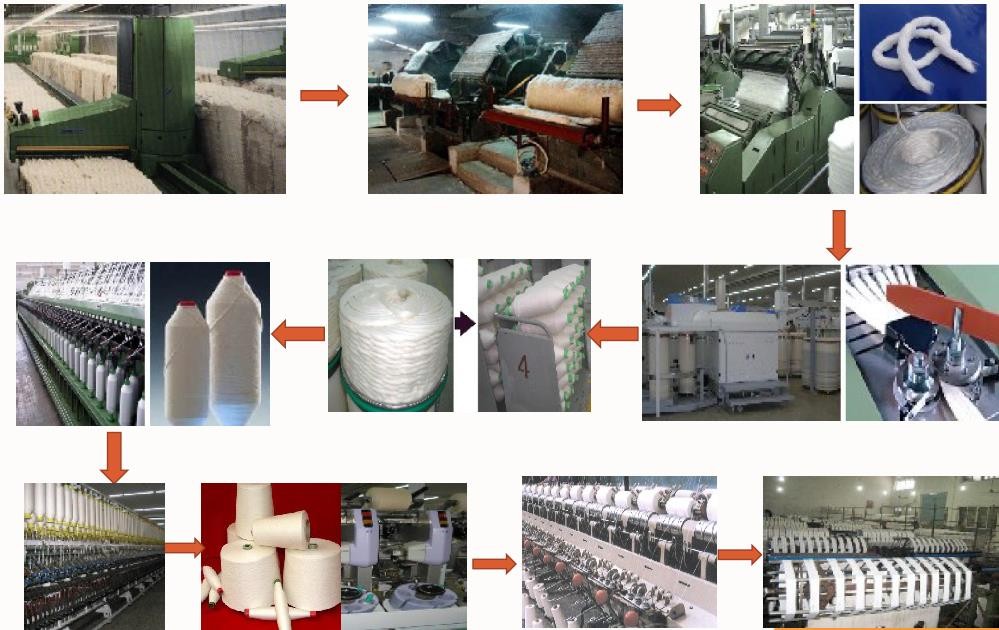
What About Weaving?
The threads are woven into fabric using a loom. Now, the type of weave affects the gauze’s properties. The most common is the plain weave, but hey, if you’re into more complex stuff like twill, who am I to stop you?
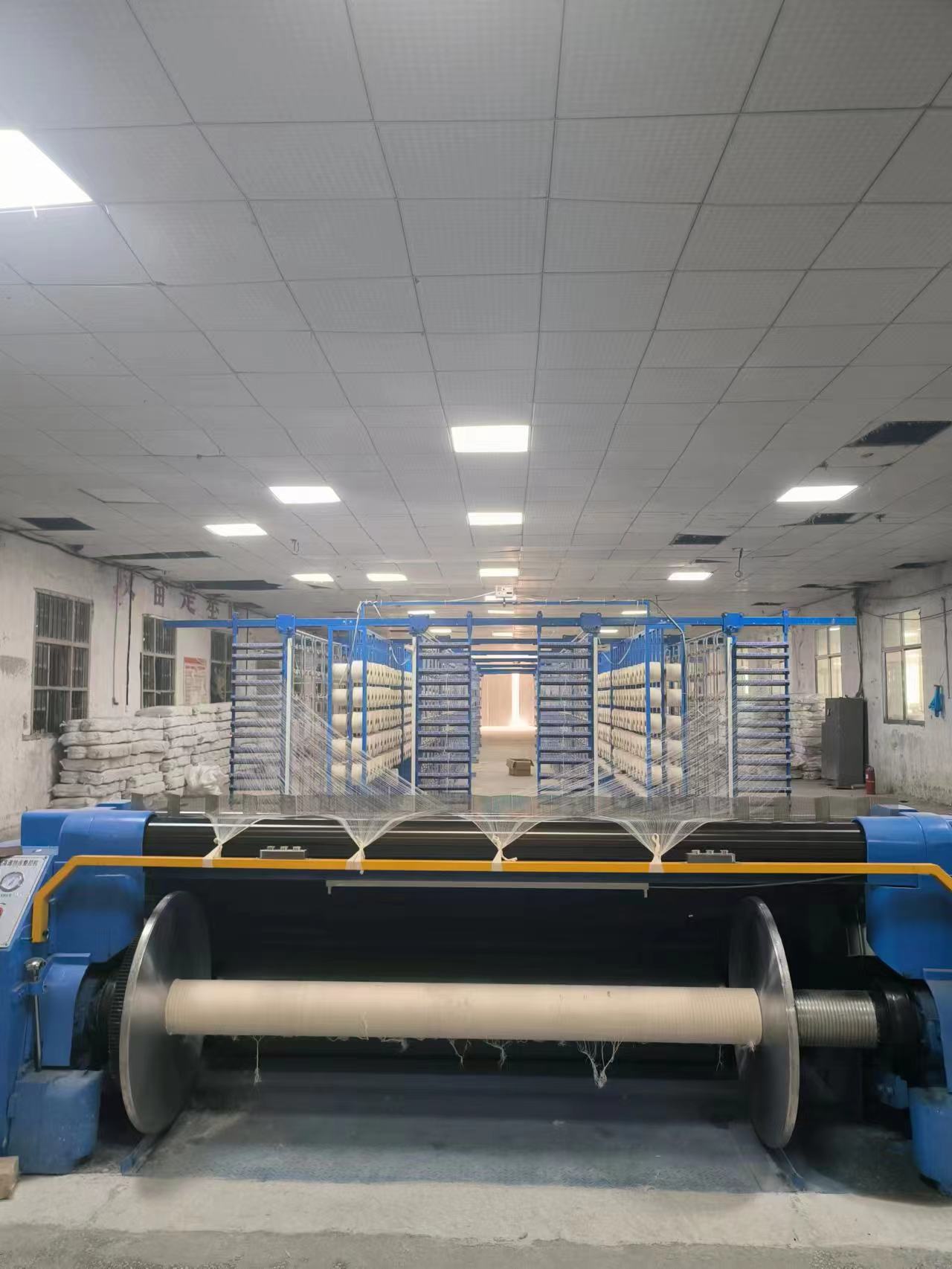
So It’s Ready to Use Now?
Not so fast! The woven fabric then undergoes bleaching and sterilization. This stage is vital for achieving the final product’s necessary whiteness. For medical gauze ,the whiteness at least need to arrive 80 degree.
Final Touches Anyone?
Lastly, the fabric is cut into various sizes and may be folded into different ply. It can be left in rolls or folded into pads. Voila, you’ve got medical gauze!
So, How Do I Choose the Right Gauze?
Look for certifications like ISO or CE. Ask for samples and test them. If you’re feeling adventurous, why not take a factory tour? After all, we at BKA MED are always welcoming!
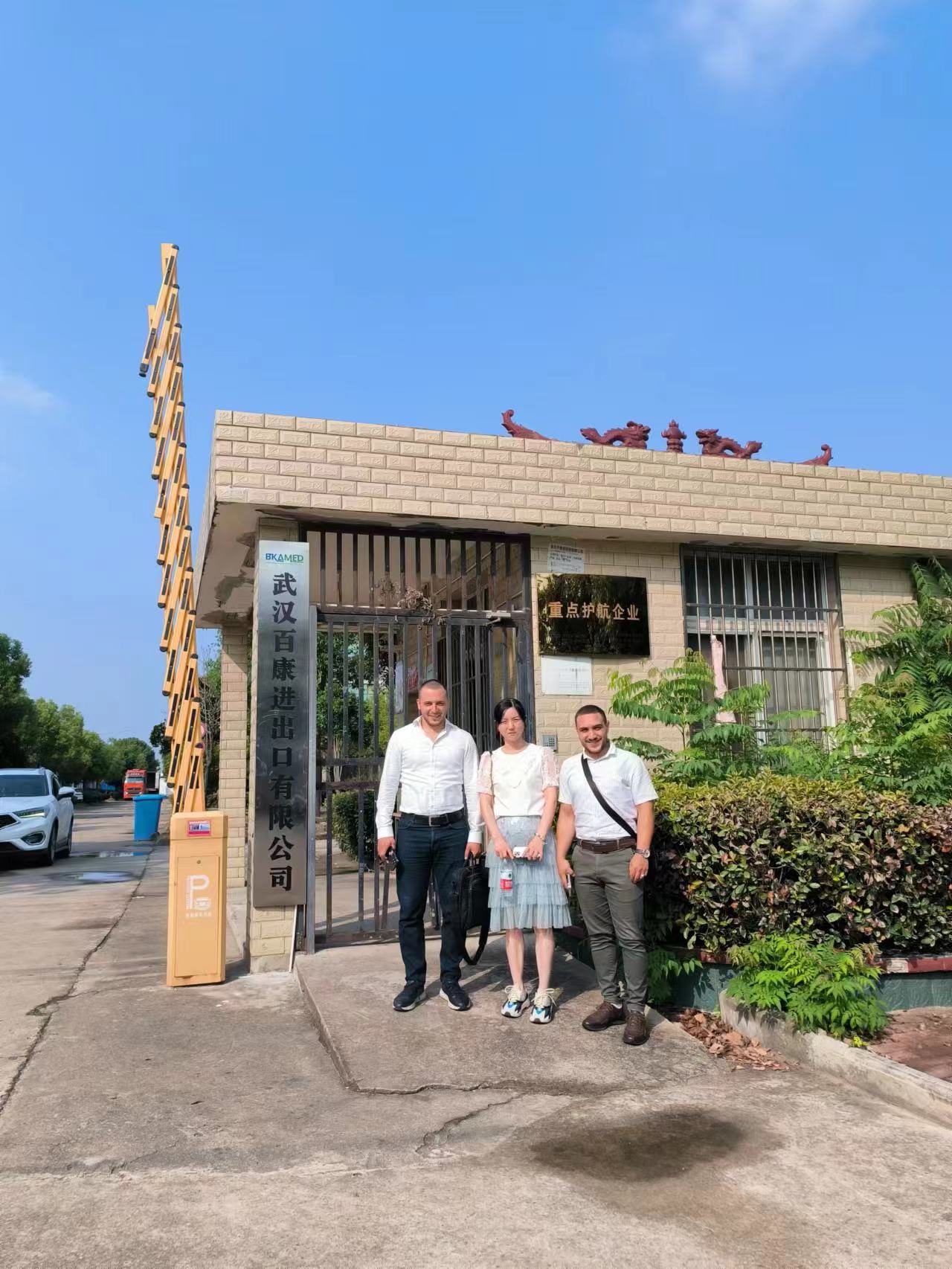
Conclusion
The journey from raw cotton to the medical gauze you know (and hopefully love) is a meticulous one. It involves a series of carefully controlled steps to ensure the end product is up to medical standards. So, the next time you’re handling a piece of gauze, you’ll know it’s more than just woven cotton—it’s a product of art and science.
And there you have it! Your curiosity might have brought you here, but it’s your newfound expertise that’ll impress at the next trade show. Cheers!

